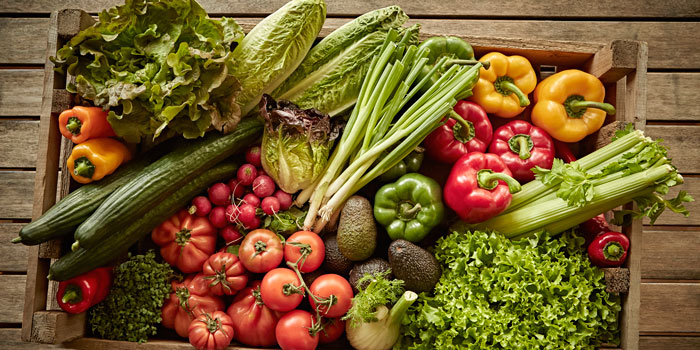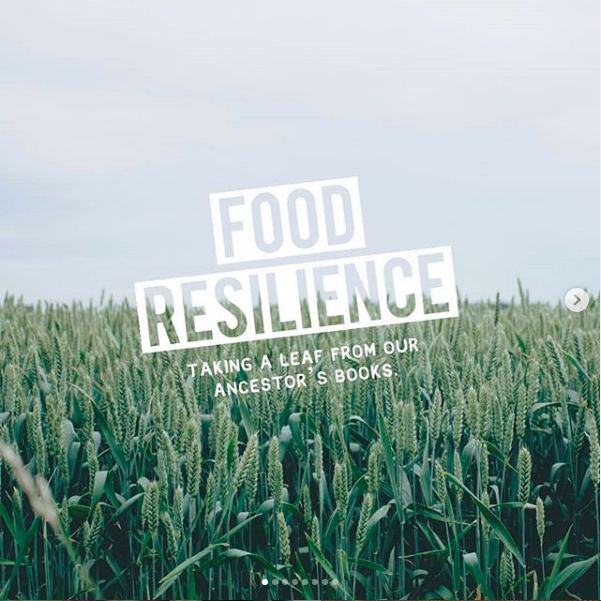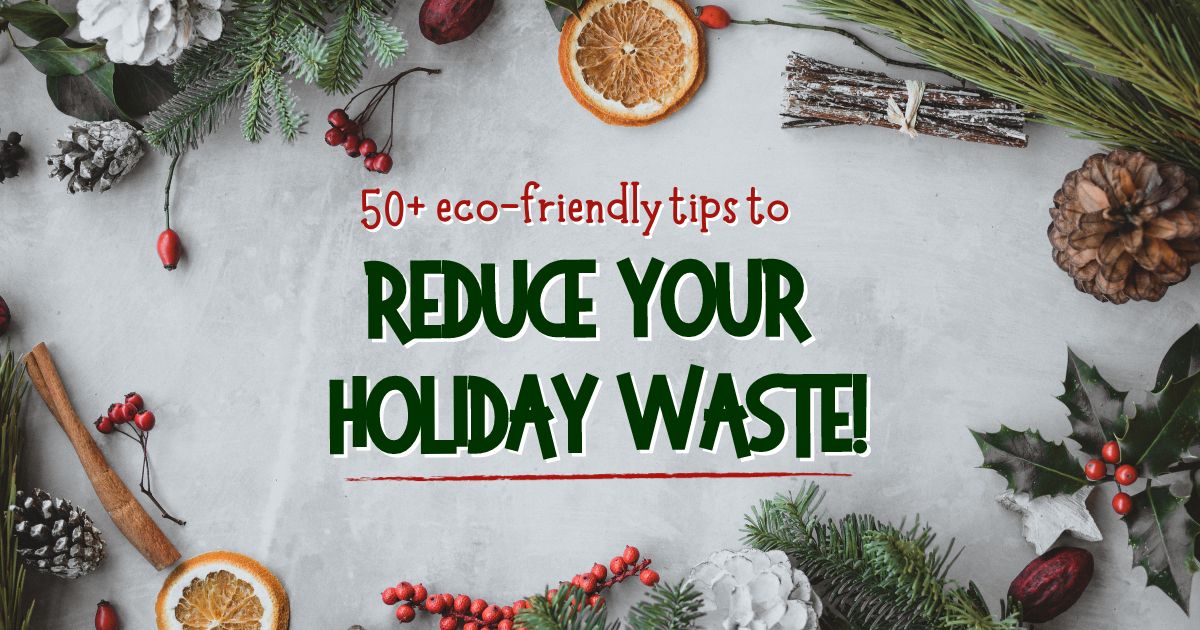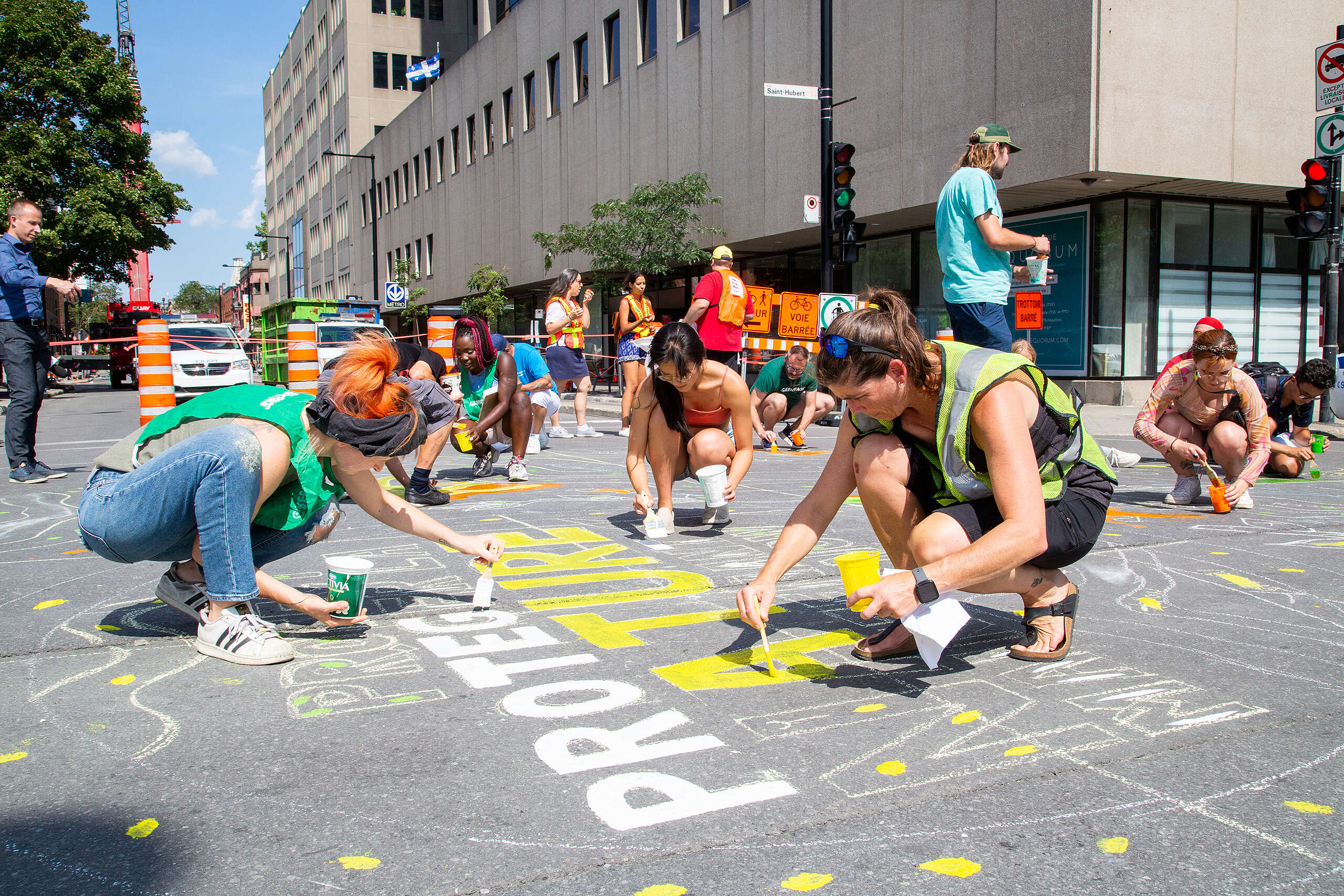Are you eager to eat locally and organically produced food? Do you want to enjoy it at a personal level but also see this change take effect in your community and across the board?
Well, have you asked your mayor to get your city growing yet? No? Do it, now!
Ask your mayor to join your community in building a food resilient city.
Did you already send the email but want to do more to ACT on #FoodResilience? Here’s how to engage with your mayor (and their staff) in 5 very simple steps!
- Call your mayor and tell them what matters to you
Already signed the petition? Great now voice it! You can call your mayor and ask to speak to them directly. If not, insist on leaving a voicemail and ask for their email so you can back up your asks. It’s easy to look up your mayor’s contact details, simply visit your city’s website. For example in Montreal, you can check Mrs Plante’s page and various ways to communicate with her here.
Even better, now is the time to videoconference. Ask for a video call with your mayor or their assistant or whoever works on this pressing issue of food and agriculture within your mayor’s cabinet. Ask your friends and family to join. Showing up as a group in the call is even better. Prepare your questions, try to take turns asking different questions, and more importantly share your clear asks at the end. Connecting with your local leadership can have big returns and is a necessary element for community engagement!
- Engage with your mayor on social media
You’ve secured that video call? Well done! Now, ask for permission and take a picture with the government official or the mayor. Take that picture and share it on social media with a clear post about your conversation and make sure to tag the official you met with, if it’s not the mayor. If you could not take a picture, you can still share a summary of your conversation in a post using the same tagalong with a screenshot of the petition, of your garden or something else relevant to the campaign. Here are some suggested hashtags to use in your post: #Consumption #FoodResilience #FoodSecurity #FoodSovereignty #QuarantineGarden.
All you need to do is look up your mayor’s or official’s social media handles, you can follow them on Twitter, Facebook, Instagram or LinkedIn. Screenshots and pictures add colourfulness to your post and give it context, so snap away! For example, let’s tag Mrs Plante, Montreal’s mayor. You can start a thread on Twitter:
Remember to tag @GreenpeaceCA and add #JustRecovery on your publications.
- Send a letter to your local newspaper
These are called letters to the editor (LTE). A letter to the editor is a short comment for publication in your local newspaper. This is an effective way to help shift public awareness by sharing your knowledge and experiences with others! You can write about your experience speaking to your mayor or official or simply write about what food resiliency means to you and what inspired you to take action. It’s always best to keep it short (about 200 words) and email it to the newspaper’s editor.
When it’s published, share it with your entourage, tag the newspaper online and ask your family and friends to do the same! (Check these examples here and here.) Your LTE will need to be focused on one angle, it can be specific or broad. Pick an angle that matters to you and word it like you understand it. Here are a few angles to get you started :
- Our cities and towns have a key role to play in supporting us to grow local food.
- Canada’s mayors need to step up and immediately give us more space and resources to get our cities and towns growing.
- Canada’s mayors need to provide more municipal lands for growing food and supply people with the tools and education they need. This is our chance to fix our broken food system.
If you want to expand, you can include a statement about why mayors should push upwards to get our provincial and federal governments to:
- As part of any COVID-19 recovery fund, provide financial support to municipalities across Canada to pursue local food resilience initiatives, in particular growing (e.g. urban agriculture, permaculture, food forests) and accessing locally produced food.
- Ensure small and medium-sized farmers continue producing food and keep their farms operational. Keeping our farmers markets open as an essential service;
- Support Indigenous food producers and the application of essential Indigenous knowledge through Canada’s food system.
- Directing recovery funds at long-term security for small farmers and investing in a just and equitable transition to regenerative organic farming. This includes practices that support the health and economic security of farm workers and rural communities while protecting and restoring the environment. This should include financial incentives and technical assistance to facilitate this transition to expand ecological, plant-based agriculture.
- Ending food waste. More than half of all food produced in Canada is lost or wasted. In order to reduce associated environmental impacts and support hunger relief, require the grocery sector to report on its food waste reduction efforts across the supply chain and remove barriers to food donations.
Need help with your letter? Want to write a long opinion piece? Write to [email protected]
- Spread the word! Explain to your friends and family why the government needs to act now to make our cities more resilient.
Word of mouth is a proven method. The best way to do this today is to practice your movie director skills: take your phone, choose a neat, quiet and clean background and if you have a garden you can enjoy making the video there and in front of your seedlings! Make sure your mike is on and the sound is clear. Lighting matters too, we need to see your face clearly. Share your experience in a short video as if you were talking to friends in person with them sitting on your couch facing you! Then share your video on Facebook, Instagram and WhatApp. Try to keep it down to 2 min ma (shorter snippets for Insta!) and make sure you explain details in your post description!
Remember to tag @GreenpeaceCA and add #JustRecovery on your posts.
- Connect with local food groups online
There’s a high probability there are people in your community who are already growing – join them! There’s nothing like making connections close to home to organize, learn and get or offer support in growing the change we need. Look for local food groups or initiatives you can connect with, such as Grow Food Toronto where those interested in growing their own food can ask advice or offer help to new gardeners, or Toronto Container Gardening where neighbours provide advice and resources for those who have less access to typical gardening space. Liberating Lawns is an initiative from Sundance Harvest Farm, connecting those who want to grow food with those who can provide the space to do it.
Search for groups near you and let us know what you find! We can add any relevant resources to this blog so others can locate them more easily. Let’s co-create a resource page!
Do you have other ideas on how to push our mayors to get our cities growing ? We’re all ears.
Write us at [email protected]







